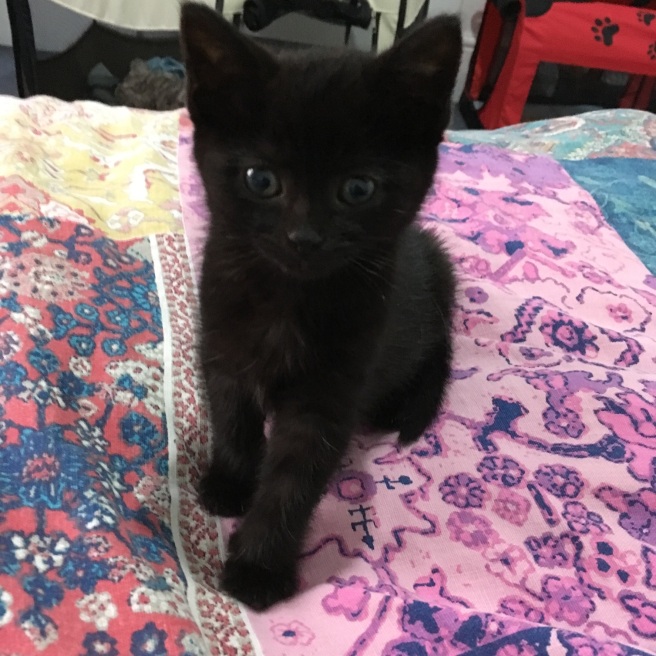“There comes a time when silence is betrayal.” Martin Luther King Jr.
I wasn’t around when women were not allowed to vote, but I was alive when indigenous Australians’ newly granted suffrage was reflected in our constitution. It’s hard for me to imagine what it would be like to experience such discrimination.
In a way I was lucky, because I have a Tasmanian Aboriginal ancestor and I was born during the time of the stolen generation, though I was too white and privileged to be at any risk so that never had any grip.
I remember the shock I felt when I lifted my head from my busy middle class white life to watch Nelson Mandela’s inauguration, and was hit by the realisation that he had just voted for the first time in his life in the election that made him president.
My first child was born during the finals of the 1995 World Cup, so I missed the enormity of South Africa’s win in their first inclusion in the tournament after a decades’ long ban opposing racism and apartheid. This story, portrayed in “Invictus”, is one of my now favourite movies.
I am happy to live in a world where people can have their own opinions, and can hold their political and religious ideas dear. Where they can live whatever doctrine they believe in as it applies to them in their own homes. These opinions could be like what color to paint your lounge room, or what you think constitutes art. They could even share their opinions with their black LGBTI neighbor over tea and scones while their children played happily together in the back yard with the Muslim children from over the back fence.
I don’t know though, how to live in a world where a law of the land can apply to one human being and not another? I can understand why we do not let our children vote, but how do I live in a world where, say, we let children with blue eyes vote and children with brown eyes not vote?
I don’t think there has ever been a time in history where one human being didn’t discriminate against another, and if we are waiting for this eventuation to create world peace, I think we will be silent for a long time. But there have been times in our history where great leaders allowed us to transcend our primitive human tribalism and see a world where there is space for us all.
This poem, Invictus, gave Nelson Mandela strength to stand when all he wanted to do was lie down. Twenty Seven years in prison for being black with an opinion can do that to a fellow. I love this poem and offer it so it may also inspire all oppressed Australians in our darkest hour.
Out of the night that covers me,
Black as the Pit from pole to pole,
I thank whatever gods may be
For my unconquerable soul.
In the fell clutch of circumstance
I have not winced nor cried aloud.
Under the bludgeonings of chance
My head is bloody, but unbowed.
Beyond this place of wrath and tears
Looms but the Horror of the shade,
And yet the menace of the years
Finds, and shall find, me unafraid.
It matters not how strait the gate,
How charged with punishments the scroll.
I am the master of my fate:
I am the captain of my soul.
William Ernest Henley
And from Winston Churchill
“The mood of Britain is wisely and rightly averse from every form of shallow or premature exultation. This is no time for boasts or glowing prophecies, but there is this—a year ago our position looked forlorn, and well nigh desperate, to all eyes but our own. Today we may say aloud before an awe-struck world, ‘We are still masters of our fate. We still are captain of our souls.’”
—House of Commons, 9 September 1941
The mood of Australia is pretty happy with shallow and premature exultation. So I dare to dream of a time for boasts and glowing prophesies where all humans are equal under the law. Who is with me on this? WHO IS WITH ME?








